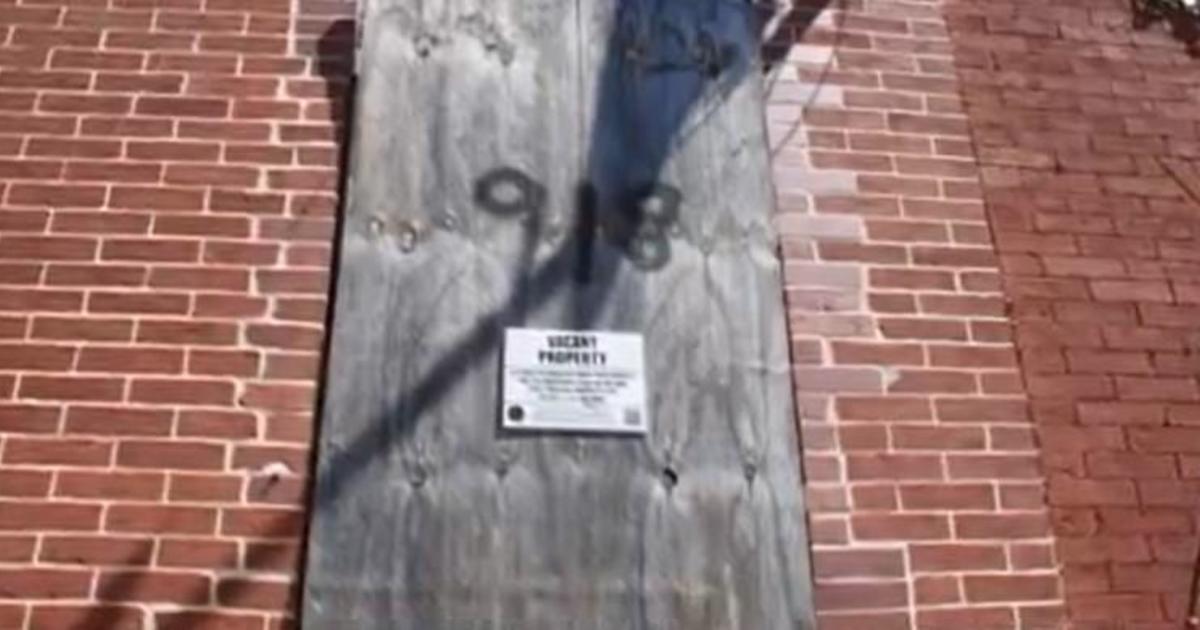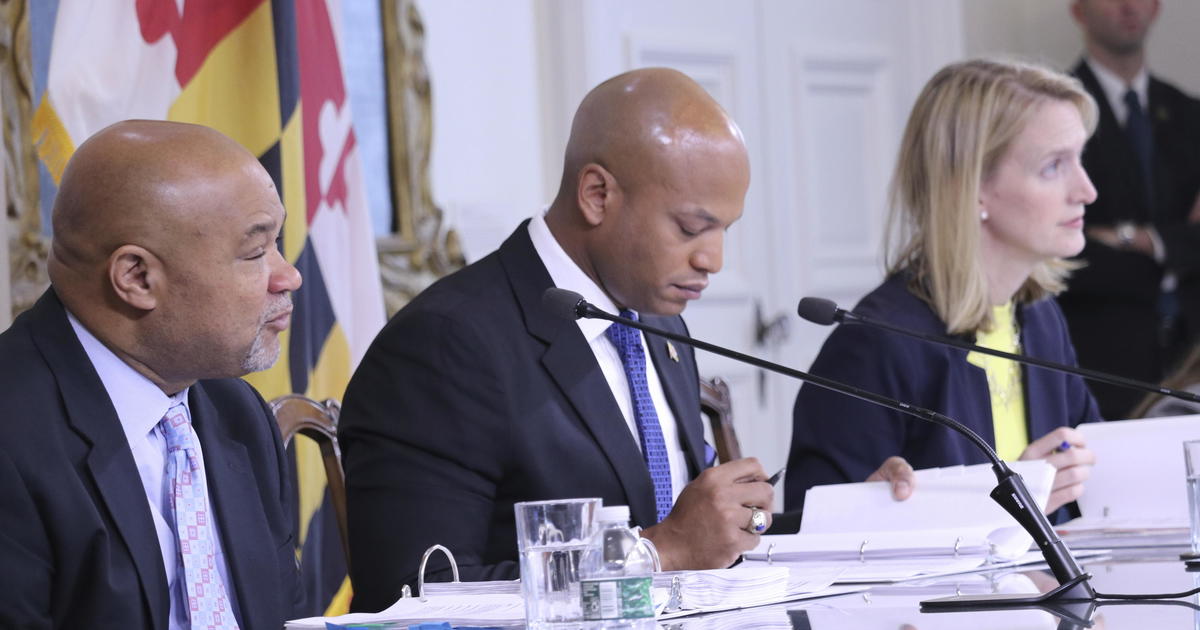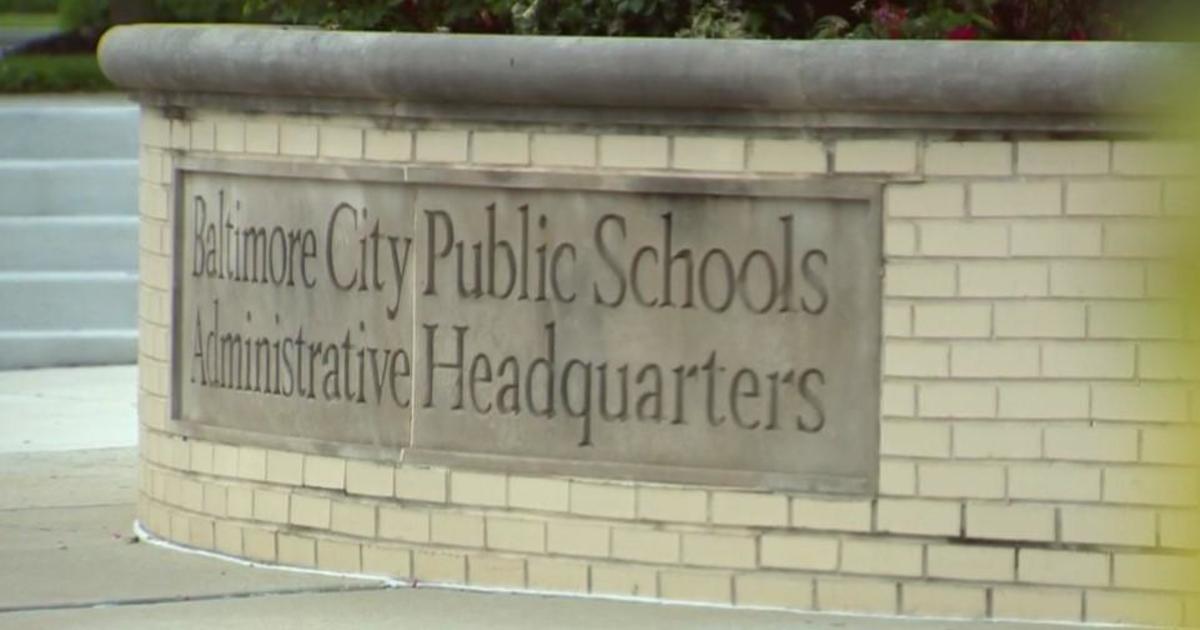Catoctin Aqueduct To Be Dedicated On Oct. 15
By KAREN GARDNER
The Frederick News-Post
LANDER, Md. (AP) -- Five years ago, the historic Catoctin Aqueduct was a pile of crumbling stones.
Today, after a $4.5 million public-private effort, the aqueduct stands once again. It will be dedicated in an Oct. 15 ceremony.
George Lewis, a local historian who is a retired veterinarian and Army colonel, and Pepper Scotto, a nearby resident and local historian, teamed up with The Community Foundation of Frederick County, the Chesapeake and Ohio Canal National Historical Park, the C&O Canal Association and dozens of volunteers to rebuild the aqueduct.
The C&O Canal has 11 aqueducts along its 184.5 miles. The 19th-century canal once transported goods and people from Washington to Cumberland. After repeated flooding, the canal closed in 1924. It became a national park in 1971, and today primarily draws hikers, bikers and horseback riders.
The Catoctin Aqueduct -- which was also called Aqueduct No. 3 -- at milepost 51.5 on the canal, was under construction from 1832 to 1834. C&O Canal aqueducts allowed canal boats passage across rivers and creeks that feed into the Potomac River.
The aqueduct, which spans Catoctin Creek, was built with hand-cut granite stones 1 to 2 feet wide and 2 to 4 feet long.
Hundreds of these stones were required to complete the three-arched aqueduct. The stones were quarried in Ellicott City. The aqueduct is half a mile upriver from the C&O Canal access point at Lander.
It is known as the curved aqueduct, because the towpath curves on either side of it.
To reach the aqueduct, visitors must park at the Lander Lock House, which is open for tours from 11 a.m. to 2 p.m. Saturdays.
The 100-foot-long Catoctin Aqueduct began deteriorating in the 1940s; it collapsed in October 1973. It was replaced with a World War II-era Bailey bridge, a prefabricated steel truss bridge.
Fundraising to rebuild the aqueduct was a challenge from the start, Lewis said. The effort began in 2006, a year after Hurricane Katrina. People were already donor-weary, Lewis said. By 2007, the economic downturn made raising money even more difficult.
"It is an example of partnership with the National Park Service and local folks," Lewis said. "We think we've got a model that people can copy."
Partnerships formed by people outside the National Park Service were what made the project work, Scotto said.
The project was too much for the NPS, Lewis said.
"A lot of people said this will never happen," Lewis said.
But people began donating.
"A lady who cleans houses had three yard sales and donated the money (from the sales)," he said.
Cyclists and hikers donated a little here and there. A young boy donated $3. A man donated because he recalled fishing off the aqueduct as a child. For the past several years, Scotto has organized the Catoctin Aqueduct 10K Race, which is run on the towpath.
The Catoctin Aqueduct Restoration Fund was formed. The organization worked with the Community Foundation and competed for grants. Money from the 2009 federal stimulus program helped bring in more than $2 million. The remaining $2.5 million came from matching grants, plus corporate and individual donations.
"This was a model for a shovel-ready project, and the work went to local people," Lewis said.
Most of the stones on the berm side -- the south side -- of the aqueduct are original. Many of the stones on the north side and in the center are newly cut granite from New Hampshire.
Some of the original stones were easy to get because they were in piles near the aqueduct site. Some are buried around the aqueduct. Some are buried in Catoctin Creek. Others were simply carried downstream, Lewis said.
The arches that form the aqueduct are built with ring stones.
Each ring stone is a specific size and had to be accurately reproduced, Lewis said. The National Park Service provided old photos. Computer imaging determined the exact size of the stones.
The existing stones were put into their original locations; new stones had to be cut exactly to size. The stones were numbered, and placement was determined by number.
The center ring stone of each arch is referred to as a keystone, which is an important part of the aqueduct's structural support.
"It shows the craftsmanship of the time," Lewis said.
Although the rebuilt aqueduct looks much like it did in 1834, it has modern reinforcements and supports to prevent flood damage. The walls were extended and riprap stones were put in place next to the aqueduct to prevent deterioration. It also has a new drainage system and retaining walls. Beneath the stone exterior is a frame of concrete, fiber and steel.
The ivy that once covered the stones -- and most likely sped the deterioration -- is gone. The gates that once held the water in the adjacent lock are probably buried beneath the canal.
"We'd love to see the gates put back on the locks," Lewis said. "It's easier to explain it when there are gates."
The rebuilt aqueduct has three compact arches -- just as it did when it was new. It has a wrought-iron railing, just as the original did.
"It used to be called the most beautiful aqueduct on the line," Lewis said. "People used to come out and picnic here."
By the dedication ceremony, five waysides explaining the aqueduct and its restoration are expected to be complete.
"The Catoctin Aqueduct is a fantastic example of Frederick County's transportation history," Lewis said.
The CSX Railroad tracks parallel the canal from Point of Rocks northwest to just outside Harpers Ferry, W.Va. Built by the Baltimore and Ohio Railroad, the tracks today are used by CSX, Amtrak passenger rail and MARC commuter trains.
A handicap-accessible viewing platform will be ready in time for the dedication. From the platform, many of the original stones will be visible on the berm side of the aqueduct.
Also near the aqueduct is a bald eagle's nest. During a recent tour of the aqueduct, one of the adult eagles made a brief appearance in the sky before flying off.
Information from: The Frederick (Md.) News-Post, http://www.fredericknewspost.com
(Copyright 2011 by The Associated Press. All Rights Reserved.)



